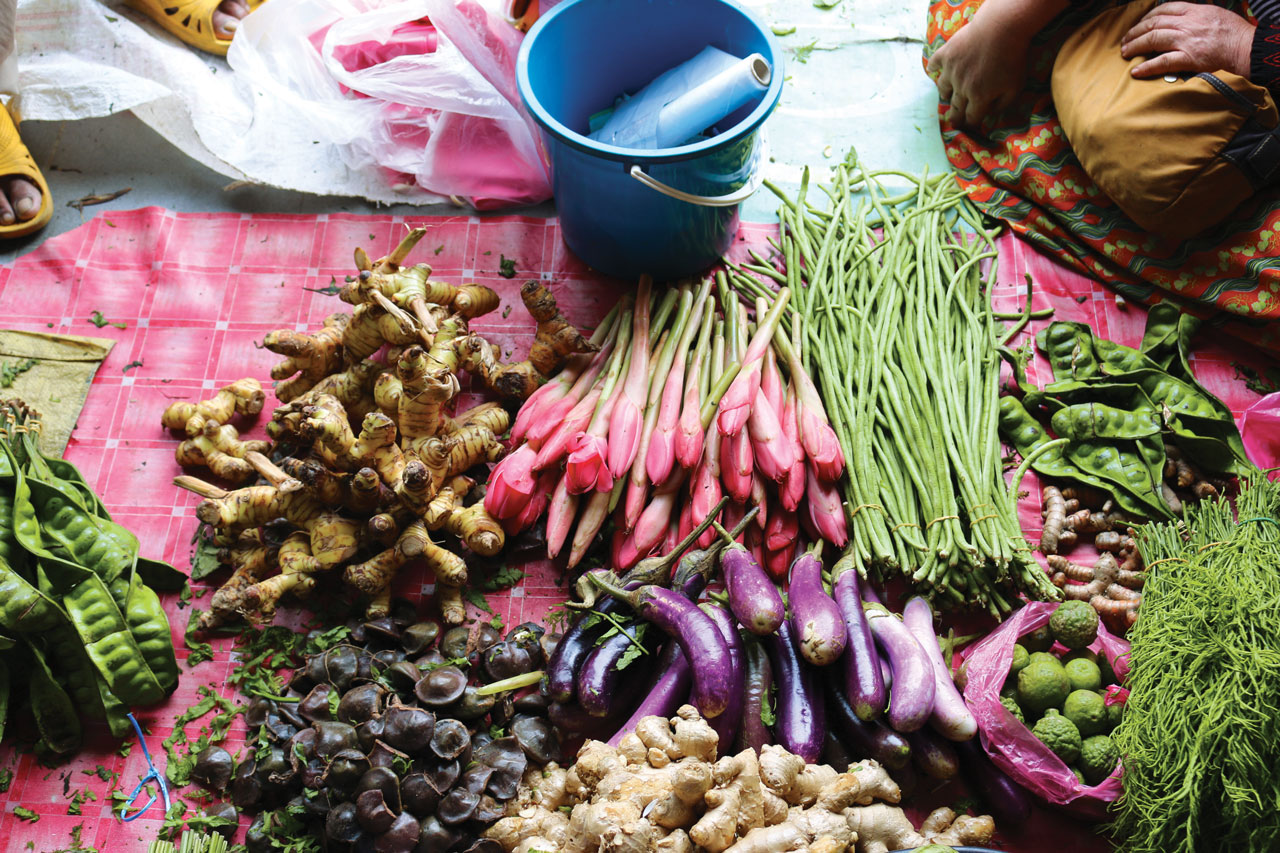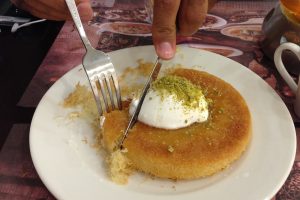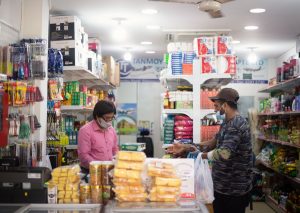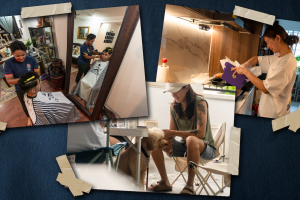Food has been my lens onto the world for as long as I can remember. Every dish, every permutation of flavour, form, texture and scent, is but a tile, a part of a mosaic, that I want as rich and expansive as possible. When not consuming or preparing food, I am often thinking or reading about it. What I own is not a cookbook collection: it is a library.
Until recently, there has not been an abundance of Asian cookbooks, never mind ones penned by Asians themselves. There were books that merely contained recipes, but hardly any that delved deep into a cuisine, exploring its history, ingredients or techniques, driven by some kind of narrative; like travelogues with food as their cores, written with wit and feeling. The few that existed were written by Westerners.
The most rewarding cookbooks are those from which you can glean as much about the author as the food. The exposed idiosyncrasies afford more than memorability. They add realness.
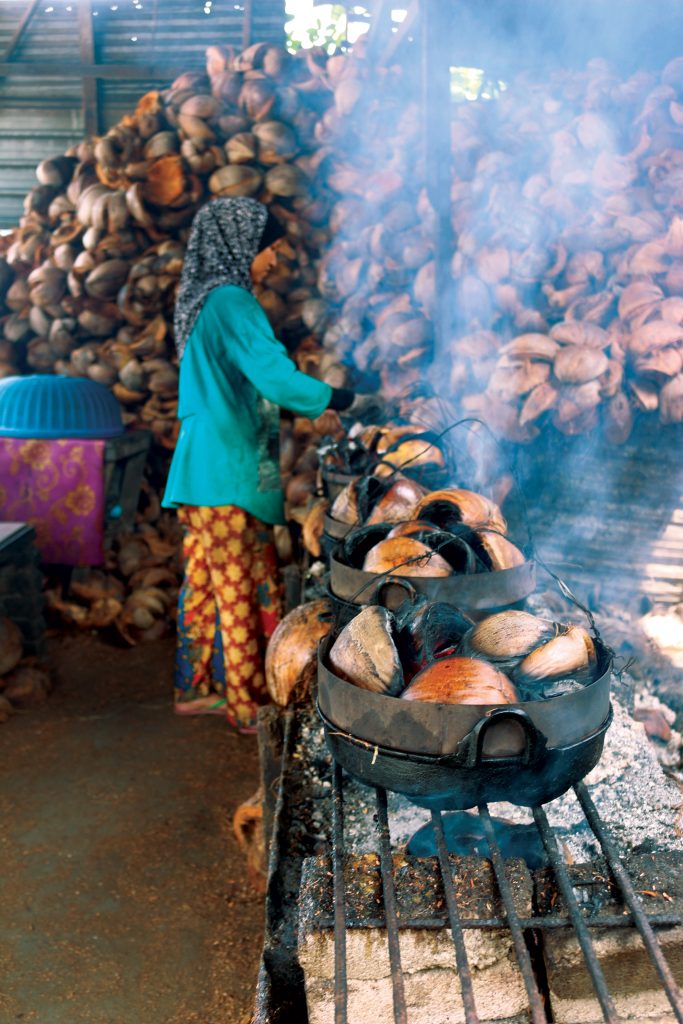
It shocks me to think that it has been nearly a decade since I began work on my first book. I had always been fond of pagkaing Pinoy, having been raised on it by my yaya (nanny) who was a stunning cook. However, it took a brief food tour around Batangas province, after a writing stint for a local detox facility of all things, for me to do anything about it. The opponents who greeted me along the way—Filipino food was far from fashionable at the time—only stiffened my resolve. The book, entitled Milk Pigs & Violet Gold, emerged in 2012, after three years of research, scaling the width and breadth of the Philippines.
Its follow-up was triggered by a friend who used to visit Burma for work in the Noughties and adored its rawness, ruggedness, and old-world charm. In her words, it felt like “Malaysia in the Seventies”. I travelled to Yangon soon after and understood what she meant.
Shophouse facades were in gorgeous states of ruin. In markets, ingredients were showed off on winnowing baskets and weighed out on balance scales, with the viss being their measurement system of choice. There were only a handful of major hotels and even fewer restaurants catering to tourists. Eateries existed purely for locals and I found the food in many of these establishments so extraordinary, so different than anything I had previously eaten, that I was moved to learn what else the country had to offer. Two years of travel ensued and 0451 Mornings are for Mont Hin Gar: Burmese Food Stories was released in late 2015.
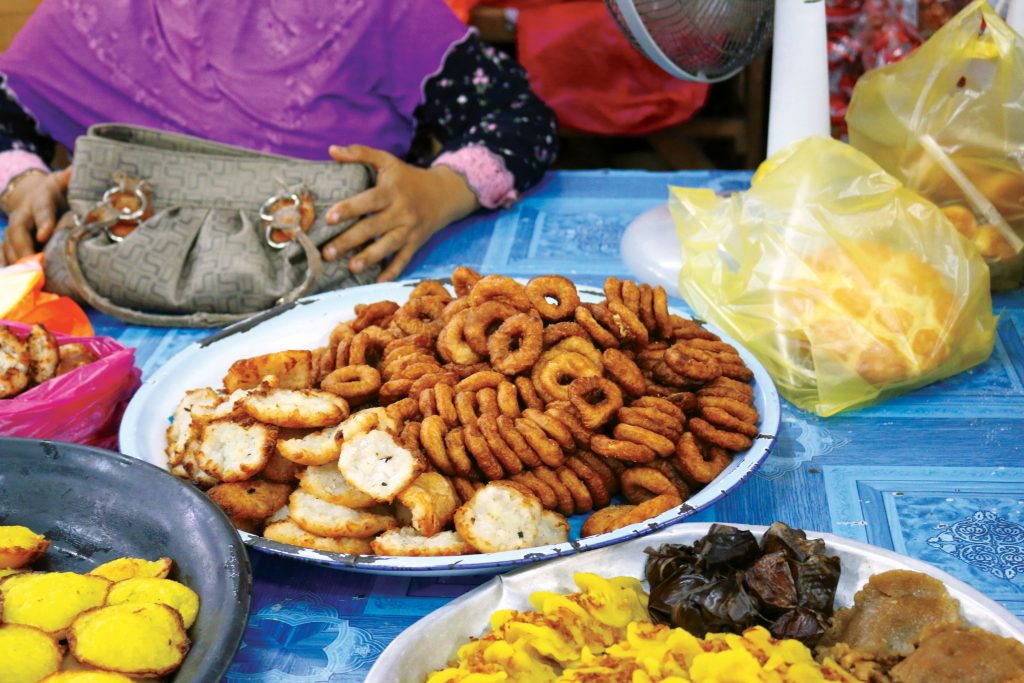
While perusing the menu, several alien words beamed up at me: laksam, kerutuk, percik, akok, lompat tikam, names that I soon understood to belong to the Kelantan culinary register. My mother was born in Penang, her mother Ipoh, and most of the food that danced out of the matriarchal kitchen in our Singapore home was shaped by their collective palate and memory of their time in Malaysia—the peninsula’s west coast, in particular.
All this time, I had never given the east coast much thought. As we ate, I found myself utterly besotted by the food, the brightness of fresh herbs, the aroma of scorched coconut, the mellow spiciness (and sweetness) of the curries.
The following year, I began to travel again, without any inkling as to the shape the project was going to assume. I made several trips to Kelantan, visiting its capital’s iconic central market, Ramadan bazaars and artisans of kuih (local snacks), serunding (spiced meat floss), and even wau (kites).
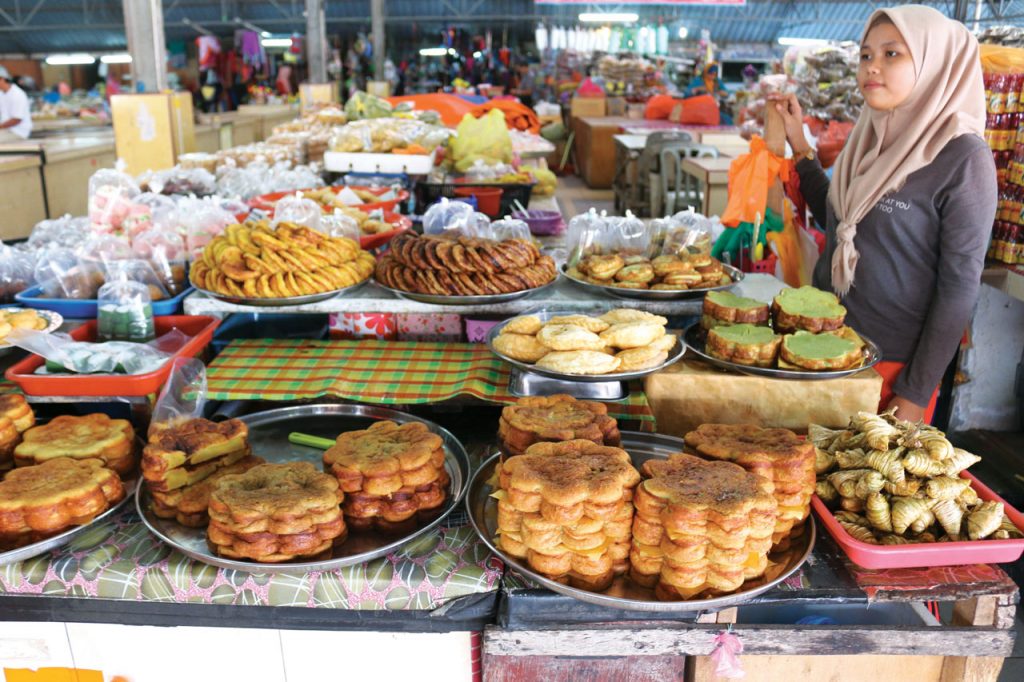
The next piece of the puzzle drifted into sight over a year later, one torrid afternoon on the fringes of Kuala Dungun. While observing spindly men rotate lemang over smouldering coconut husks, my guide Atiqah shared with me that her grandmother would prepare this delicacy every Hari Raya by feeding glutinous rice not into bamboo tubes but the pelican mouths of pitcher plants—the lemang periuk kera popular among Malays and Orang Asli who reside in the forested interiors of the peninsula. She mentioned that her grandmother was from Pahang and regaled me with stories of jungle forages and river fishing expeditions.
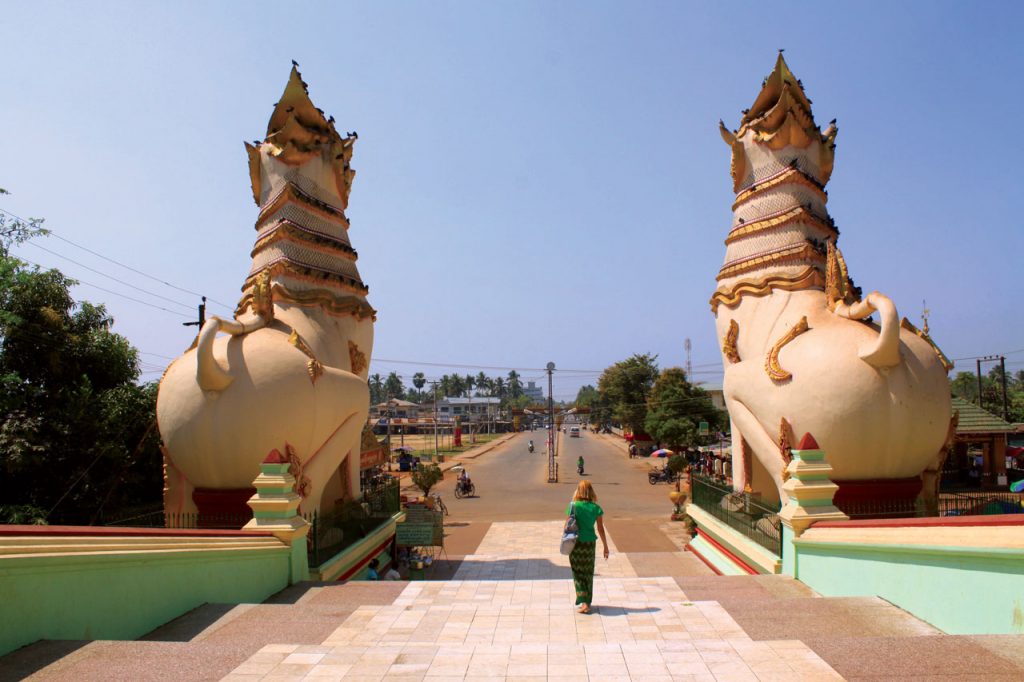
Two years of jaunting through Kelantan, Terengganu and Pahang, interviewing and possibly annoying artisans, market vendors and home cooks, have culminated in eight essays aiming to capture an authentic snapshot of the food cultures of the different peoples inhabiting these states. Collected and bound under the title Bekwoh, essentially the East Coast term for “big wok”, these essays will be released online over the next two months, accompanied by recipes I was privileged enough to be gifted with during what was truly an unforgettable journey.
Want to see more of such stories? Let us know at community@ricemedia.co.
